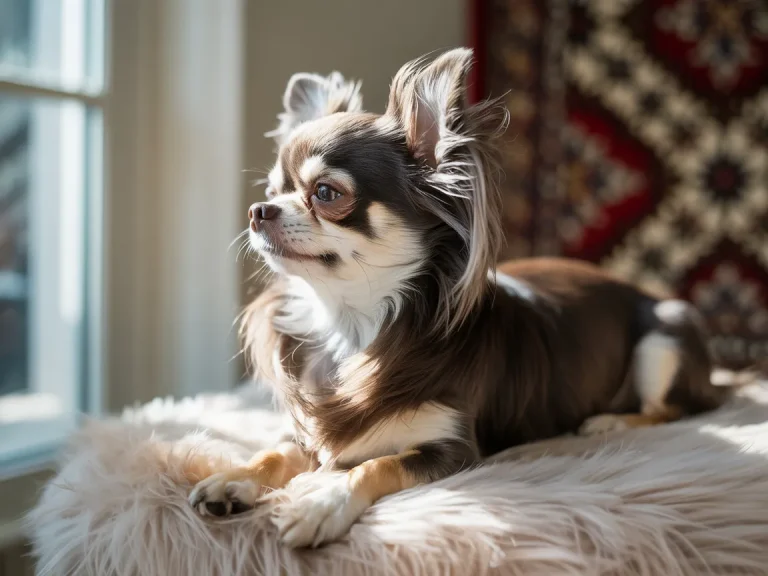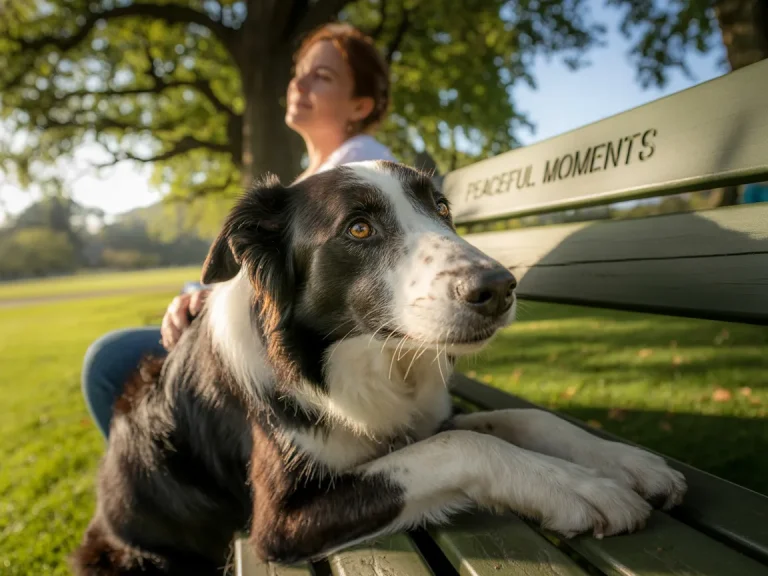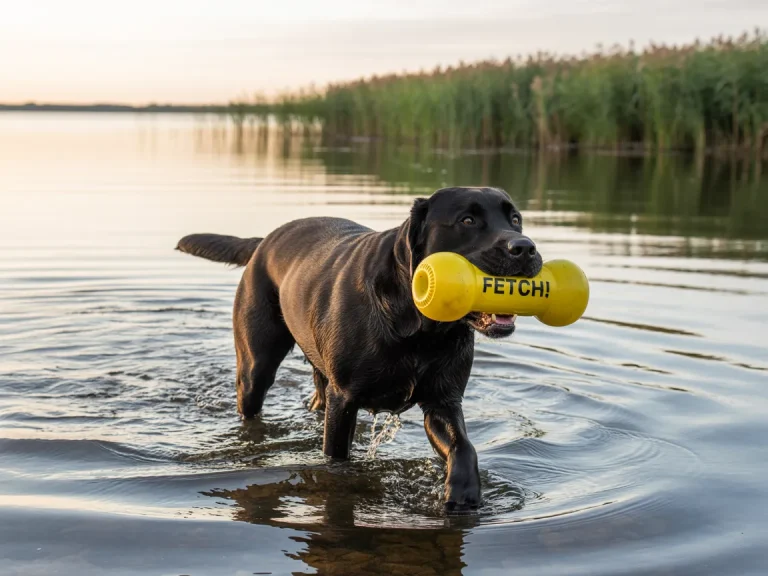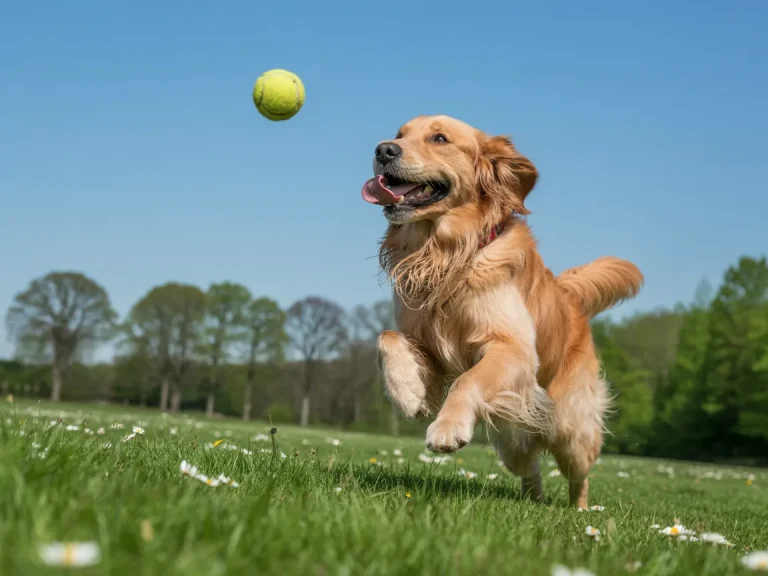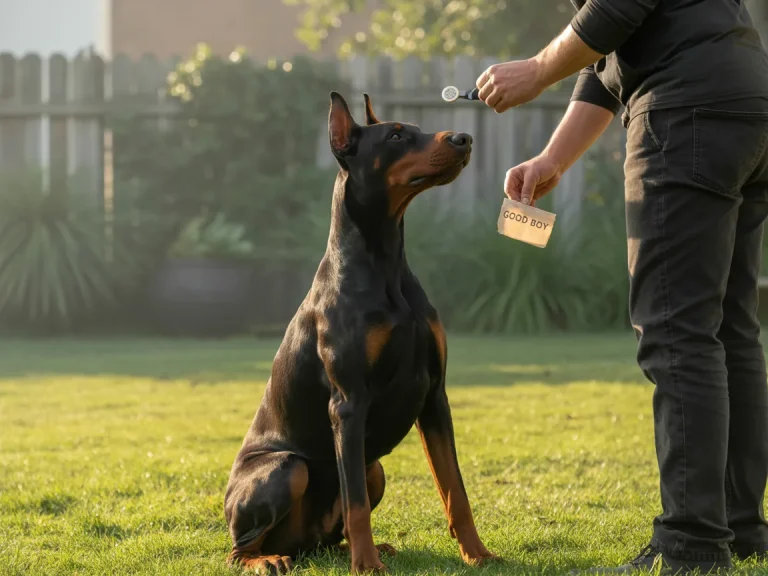Ever caught yourself staring into those big, round pug eyes and wondered, “How do I keep that smooshed face happy and healthy?” Pugs may be pint-sized comedians with a heart full of love, but their unique build comes with a few special care needs. Whether you’re a first-time pug parent or you’ve already weathered a few puppy zoomies, this guide has your back. From helping them catch their breath to pampering every wrinkle, here’s how to give your little pal the tailor-made care they deserve.
Brachycephalic Airway Syndrome
You know that cute snort your pug makes when they’re excited? That’s thanks to their “smooshed” snout—but it can also mean trouble catching a good, deep breath. Pugs are brachycephalic, which is a fancy way of saying “short-skull” breeds. This gives them their adorable flat faces but can lead to airway snags—think noisy wheezes, prolonged panting, or even a blue-tinge to their gums when they overdo it.
Keeping your pug at a healthy weight is your first line of defense. Imagine fitting into shoes two sizes too small—it’d slow you down! Portion-controlled meals and nutrient-packed kibble help them stay fit and breathe easier. On hot, muggy days, stick to the shade and keep walks chill—literally. If you notice your pup struggling after gentle play or snoring like a motorboat, a chat with a board-certified veterinary surgeon about procedures (like widening the nostrils or trimming excess soft palate) could be a game-changer. Always consult a board-certified veterinary surgeon before pursuing corrective procedures to ensure the best outcome for your pug dog. If you’re weighing surgical options, the American College of Veterinary Surgeons provides an excellent breakdown of procedures to improve airflow.

Eye Problems and Prevention
Those big, shiny eyes are part of what makes pugs so irresistible, but they’re also more exposed than a watchful guard dog—dust, rogue hairs, or roughhousing can lead to corneal ulcers or dry-eye woes. Ever seen your pug rub their face like they’ve got an itch you just can’t reach? That’s your cue to inspect.
Spend a minute each day checking for redness, cloudiness, or tear stains. A gentle swipe with vet-approved saline wipes clears away debris before it turns into a problem. In dry climates (or during sniffle season), a dab of lubricating drops can work wonders—think of it as moisturizer for their eyeballs. If you spot persistent squinting, sudden redness, or your pup pawing at their face, don’t wait—swift veterinary care can prevent lasting damage and keep them seeing you clearly for all those treat offers.
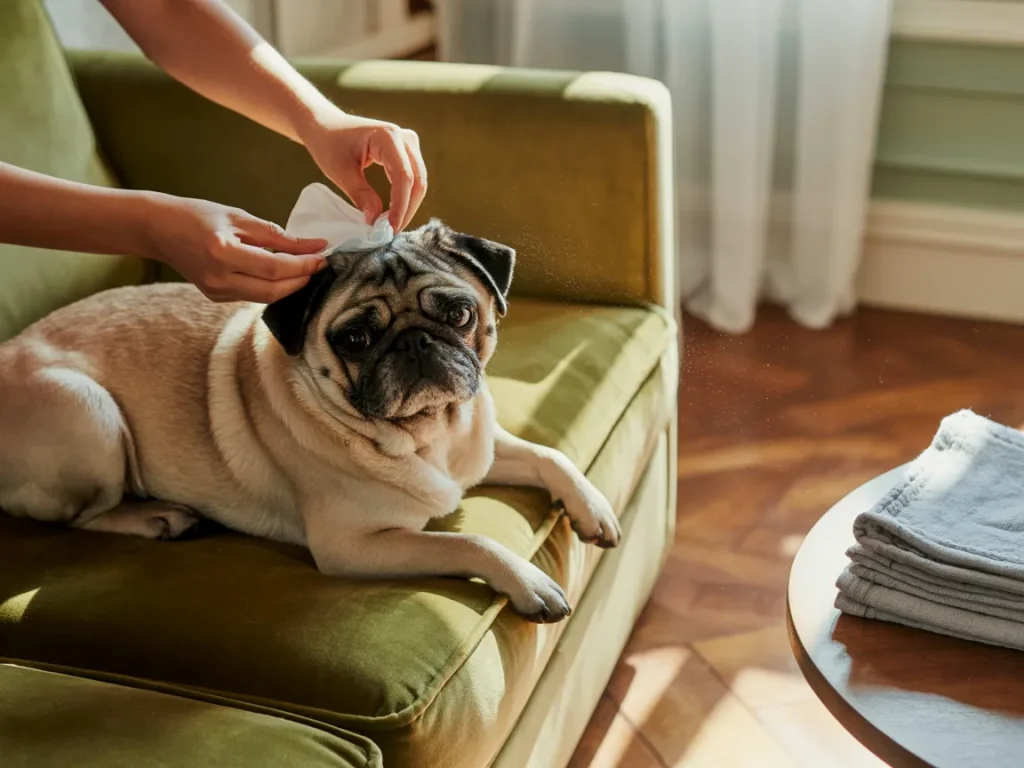
Skin, Wrinkles, and Dermatological Health
Pugs’ signature wrinkles are like cozy little shelters—unfortunately for bacteria and yeast too. Those folds can get warm and damp, turning into breeding grounds for skin-fold dermatitis, itchiness, and unwelcome odors.
Every day, gently part and clean each fold with a damp, fragrance-free cloth. Then, pat dry—moisture is their enemy here. If you spot redness or a funky smell, a vet-approved antiseptic wipe or powder can help nip irritation in the bud. Monthly baths with a gentle, pH-balanced shampoo keep the rest of their coat in check, especially under the neck and around the groin where mats love to hide. Regular grooming isn’t just about keeping them looking sharp; it’s about preventing infections and making cuddle time all the more snuggle-worthy.
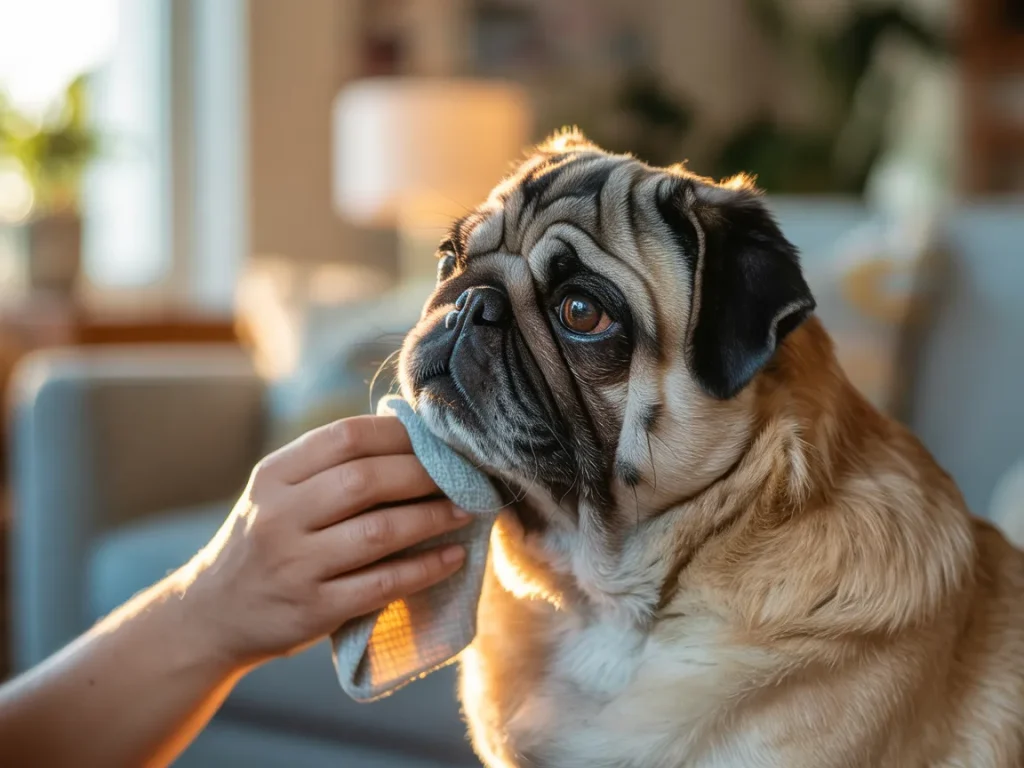
Joint and Bone Conditions
Ever notice your pug giving you the side-eye before tackling the stairs? Those stubby legs and compact bodies that make them so adorably clownish can sometimes lead to orthopedic hiccups—think hip dysplasia, patellar luxation (fancy for “slippery kneecaps”), or even spinal quirks like hemivertebra. You might catch the first signs in a subtle limp, stiffness after a nap, or a sudden “nope” at the foot of the couch.
During your daily cuddle sessions, gently feel their joints for warmth, swelling, or that odd grinding sensation (vet-speak: crepitus). If your vet recommends X-rays, don’t fret—knowing exactly what’s going on lets you craft a care plan tailored to your pug’s needs. Controlled exercise (short strolls rather than marathon walks), keeping them at an ideal weight, and adding joint-friendly supplements—glucosamine and omega-3s are great pals here—can make all the difference. If you want to dive deeper into diagnostic and treatment options, the American College of Veterinary Surgeons has a thorough guide to canine hip dysplasia. And for those bouncy puppies, discourage backyard parkour: ramps and harnesses are your secret weapons to protect growing bones and keep playtime safe.
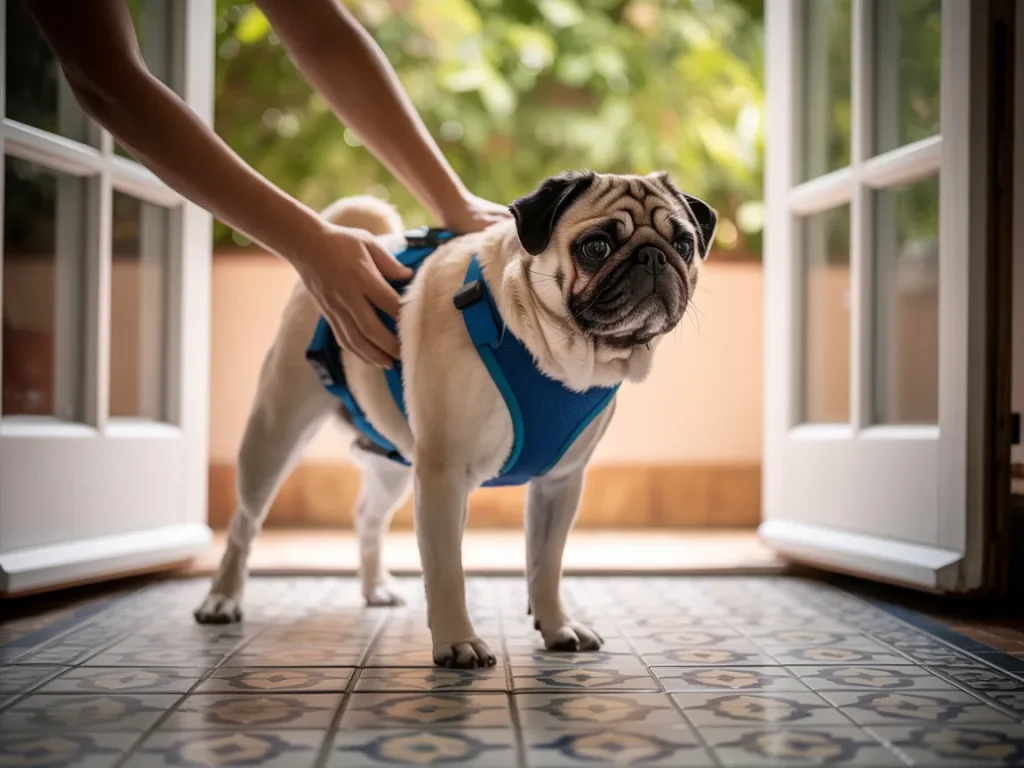
Puppy Pug Specific Concerns
Puppy pugs are tiny dynamos with metabolism burners set to high. Their little bodies burn through blood sugar faster than you can say “treat,” leaving them vulnerable to hypoglycemia. Ever seen a pup go from zoomies to zombie-mode in seconds? That sudden lethargy, tremor, or confusion is your cue to offer a small meal—complex carbs and lean protein are the go-to energy boosters.
On top of snack patrol, map out vaccinations and deworming like you’d plan a road trip itinerary. Start core shots at six to eight weeks, then booster every three to four weeks until they’re a sturdy sixteen weeks old. Parasite preventives aren’t just routine—they’re armor against heartworms, hookworms, and their unwelcome cousins. A solid schedule now means fewer vet surprises later and helps your pup grow into a healthy, happy adult.
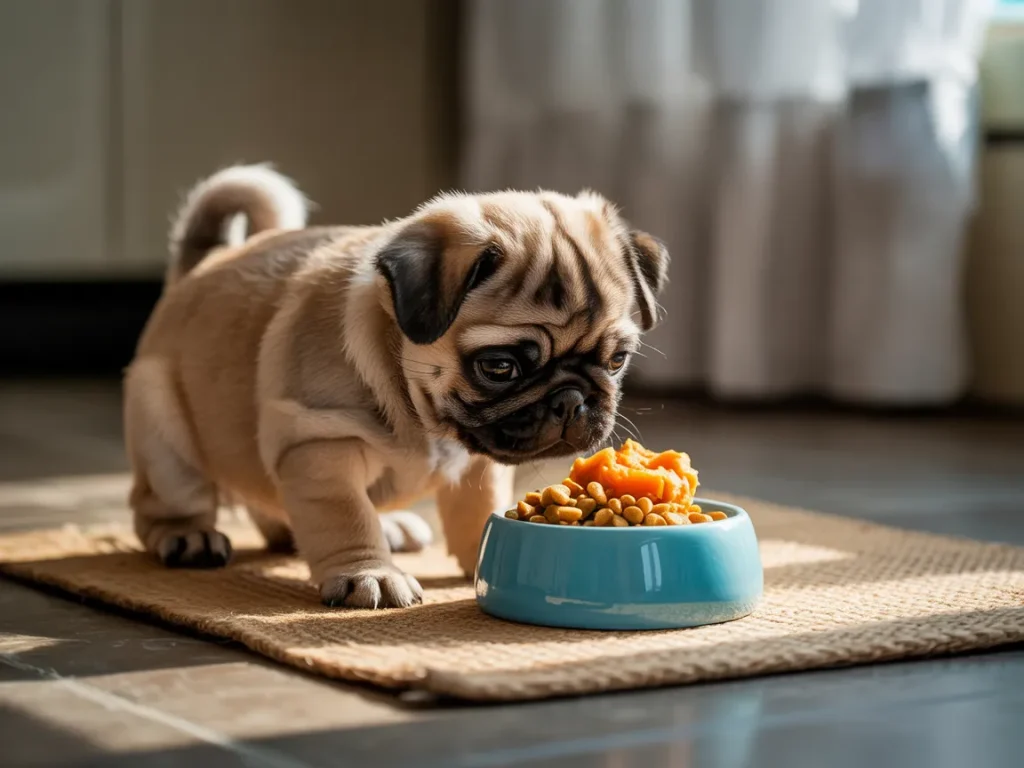
Diet, Weight Management, and Nutrition
Let’s be honest: pugs have the appetites of tiny hippos. And extra pounds don’t just make those wrinkles deeper—they worsen breathing, joint, and even heart troubles. Opt for a quality small-breed kibble brimming with lean protein, fiber, and essential vitamins—think of it as a gourmet suit tailored just for your pug’s needs.
Measure each meal religiously, and play the body-condition-score game once a week: you’re aiming for a trim waif, not a sausage link. Swap calorie bombs like bacon-flavored biscuits for crunchy carrot sticks or green beans—your pug might sniff at them at first, but coats shine and waistlines thank you. If your furball’s tummy or skin starts acting up, chat with a veterinary nutritionist about a limited-ingredient or novel-protein diet. With the right menu, you’ll keep those wiggles happy, healthy, and ready for every belly rub life throws their way.
Exercise and Lifestyle Recommendations
Ever notice how your pug perks up at the crinkle of a treat bag? That little burst of enthusiasm is great—just keep it balanced. Pugs thrive on moderate daily activity: think two or three short, 10–15 minute strolls when the air feels cool on their wrinkled faces. Too much cardio—like marathon chases after a tennis ball—can leave them gasping for breath, so swap in brain games (puzzle feeders, scent trails) for high-impact play.
Inside, carve out cozy corners with good airflow where your pal can snooze without overheating. A gentle massage or a light wrestling match on the living room floor not only gets their blood pumping but also strengthens that special bond only a pug and their person share. After all, isn’t quality time the best kind of exercise?
Grooming, Dental Care, and Home Hygiene
Pugs may not sport flowing manes, but they do shed like it’s their full-time gig. A weekly brush with a soft-bristle brush whisks away loose hairs and spreads those natural skin oils so their coat stays sleek—kind of like polishing a well-loved leather jacket. Monthly baths with a gentle, pH-balanced shampoo keep dryness and odors at bay.
Meanwhile, don’t forget those pearly whites. Brushing your pug’s teeth two to three times a week with an enzymatic toothpaste stops tartar in its tracks—and dental chews bearing the VOHC seal can pitch in on the off-days. Around the house, fresh bedding and wiped-down floors reduce dust, dander, and bacteria, giving both your home and your pup’s sensitive skin a healthier environment.
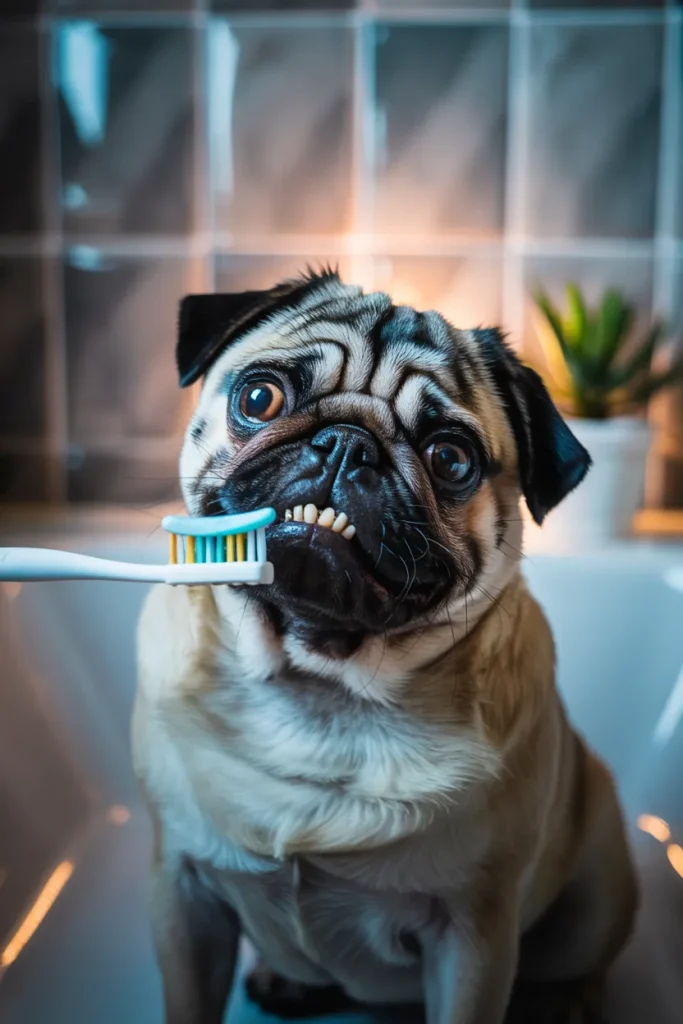
Regular Veterinary Check-Ups and Monitoring
How often do you check in with your pug’s health? Regular vet visits are your secret weapon for catching hiccups before they turn serious. Aim for biannual wellness exams if your pug is in their prime, and bump that to quarterly check-ups once they hit seven years and beyond.
These visits typically include a head-to-tail physical, blood panels to peek under the hood at organ function, and screenings for sneaky issues like heart murmurs, eye pressure changes, or stiff joints. Between appointments, play detective with their behavior—changes in appetite, energy, or bathroom habits often whisper warnings long before they shout.
Conclusion
Pugs sprinkle our lives with laughter and love, but their squat little bodies come with a few quirks that need extra TLC. From helping them breathe easy to pampering every wrinkle, supporting strong joints, and sticking to a nourishing meal plan, you’ve got the tools to keep your furball thriving. Couple that with smart exercise, regular grooming, and preventive vet care, and you’ll be setting the stage for years of snuggles, snores, and sweet pug kisses. Here’s to many happy tail wags with your adorable companion!
Disclaimer: This article is for informational purposes only and does not constitute professional veterinary advice. Always consult a licensed veterinarian or certified dog trainer regarding the specific needs and health of your dog.
